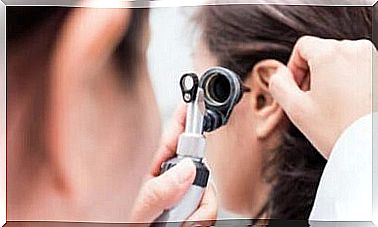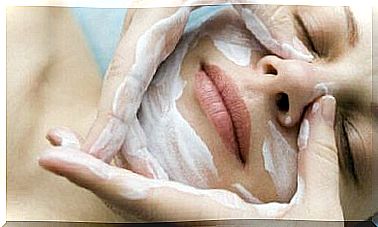What Does Language Reveal About Our Health?
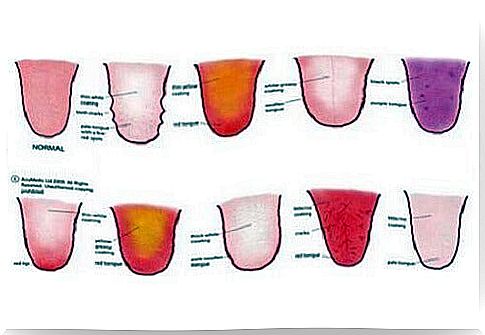
The tongue can be the mirror in which to reflect ourselves in the event that we present some health ailment.
Keep this in mind and do not neglect this organ of the body, because it can reveal many clues about your health conditions, in particular it can indicate the presence of any problems depending on its color.
In this article we will explain what the color of the tongue can indicate. Take note!
1. Strawberry red tongue
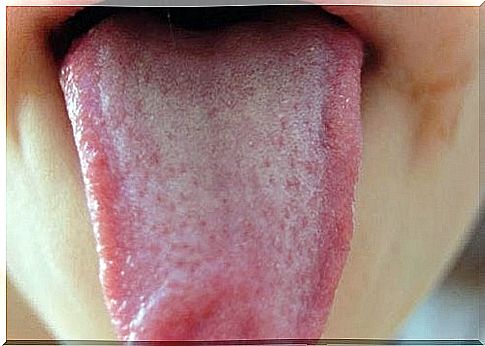
If you notice that your tongue is strawberry red, you may be deficient in certain vitamins. A bright color indicates a lack of iron and vitamin B12.
- If it seems to you that the tongue is more “flat” it is because most of the taste buds flatten.
- In severe cases, you may experience acute pain from drinking hot drinks or eating spicy food.
- We recommend that you contact your doctor and pay attention to your diet.
2. Coffee colored tongue
If you notice some sort of blackish or coffee-colored plaque on your tongue, it could be due to poor oral hygiene or it could be a result of you being a smoker or a heavy user of black coffee or tea.
- The result is a bad odor of the oral cavity, as well as anomalies in the taste, as it is difficult to distinguish the flavors.
- Try to change habits that are harmful not only to your language, but also to your health.
- Brush your teeth and tongue every day.
3. Whitish tongue
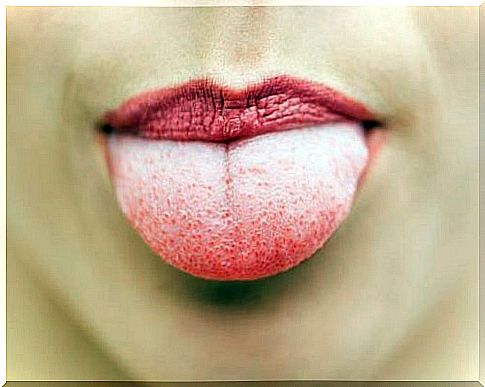
If your tongue is whitish in color or has a white coating that looks like cottage cheese in color and texture, then it is a yeast infection (Candidiasis).
- This patina appears when there is an excessive proliferation of candida albicans.
- It is an infection that can result from prolonged use of antibiotics, diabetes, a weakened immune system or high blood pressure.
- In any case, it is advisable to contact your doctor.
4. Plicate tongue (with folds)
If your tongue has folds, cracks, or wrinkles, it could simply be a sign of the aging process.
- Commonly, these kinds of folds are not painful, but with poor oral hygiene the likelihood of getting an infection increases.
- For example, a fungal infection could develop right in one of the cracks and cause severe pain and burning.
- To solve this problem, just follow the treatment indicated by the specialist.
5. Tongue with small white spots
If your tongue has small white spots, you should be especially careful as this could be an irritation.
- It is usually caused by the overgrowth of cells in smokers.
- Although not high, a percentage of these cells can be pre-carcinogenic. If the spots don’t go away after a few weeks, see your doctor and get tested.
6. Blisters or reddish lesions

If you have had blisters or reddish lesions for a long time, they could be a symptom of a serious illness such as tongue cancer.
In this case, go immediately to the doctor who will take care of all the necessary tests.
7. Burning
The burning sensation on the tongue can be the consequence of important hormonal changes, especially during menopause, but it does not always depend on this.
Another cause could be the use of the wrong toothpaste – some people are allergic to sodium lauryl sulfate, which is the ingredient that causes foam.
If that’s the case, be sure to change your toothpaste to see if there is any improvement.
8. Painful ulcers
If you have painful ulcers, these could be related to possible stomatitis.
- This disease is common among children, but it also affects 20% of adults.
- Ulcers indicate stress and a weakened immune system in the first place. If they persist for more than a week, it is advisable to consult a doctor.
9. Tongue with furrows and irregularities
This is a rather unusual condition, but it is a problem that exists. It is a strange feature, but it poses no danger.
If you’re not in pain, don’t worry. The appearance of your language is just different.
Main image courtesy of © wikiHow.com

